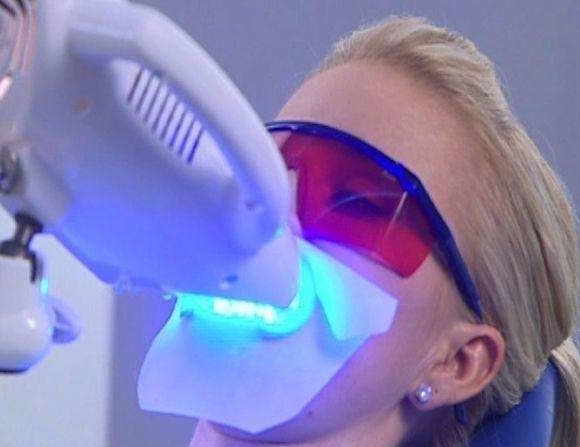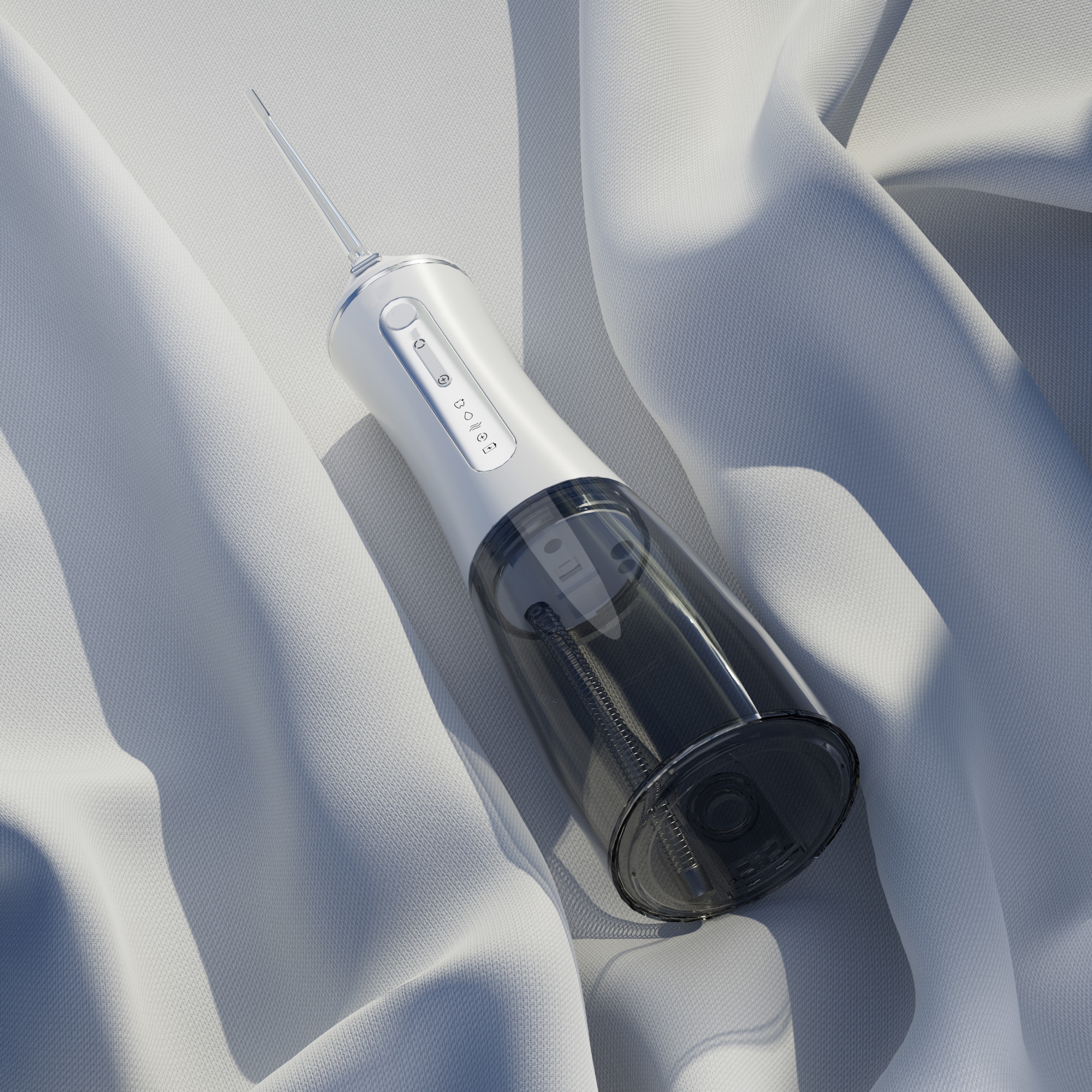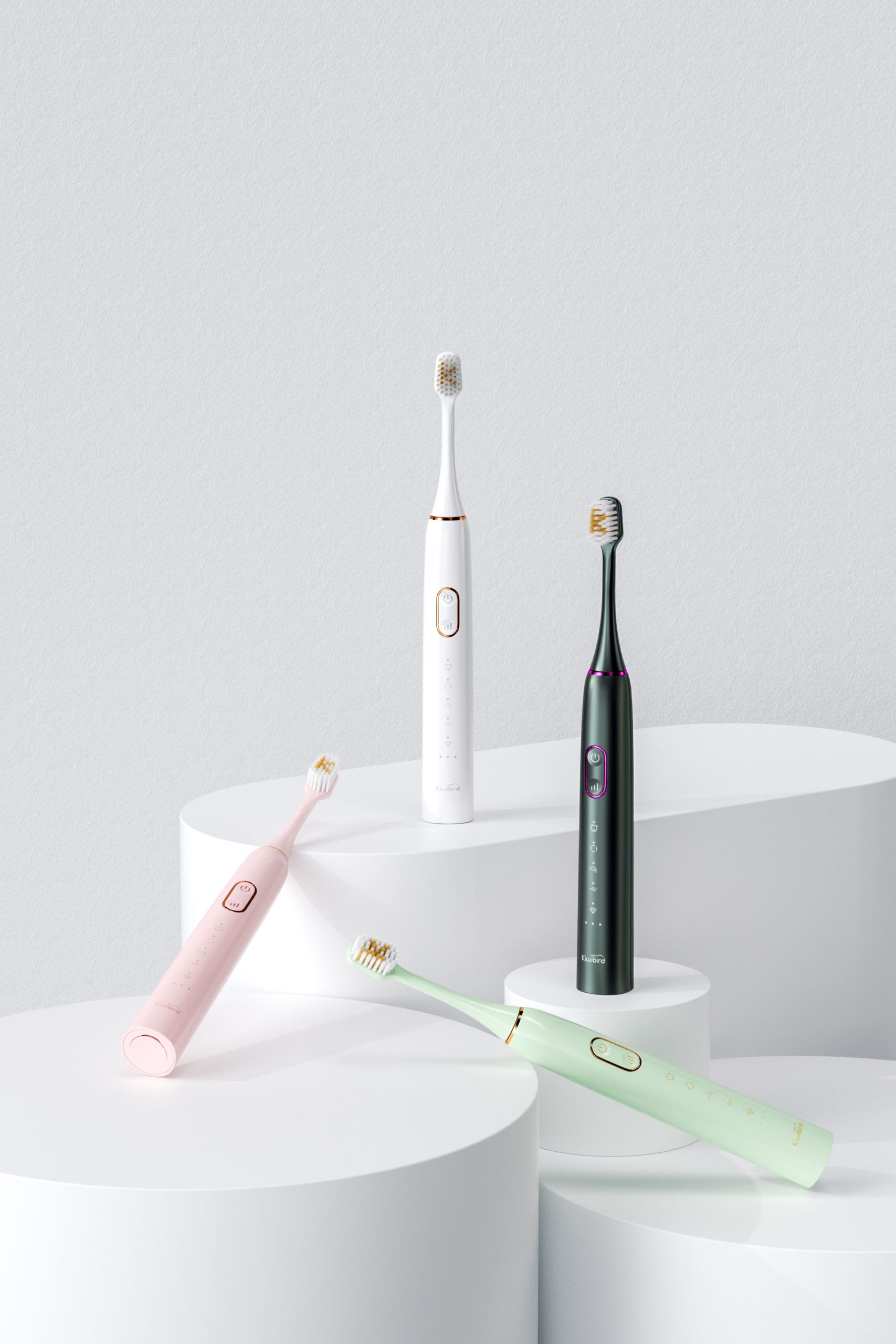Teeth whitening has become one of the most sought-after cosmetic dental procedures worldwide. With rising demand for over-the-counter whitening products and professional kits, it’s critical to focus not only on results but also on safety. Whether you are a dental care brand developing a new whitening line or a distributor seeking a teeth whitening manufacturer, understanding common teeth whitening mistakes is essential to ensure your products align with safety standards and user needs.This blog outlines key things that should be avoided during teeth whitening treatment, both for consumers and for brands aiming to produce safe and effective whitening solutions.
One of the most common and dangerous teeth whitening mistakes is using unapproved or excessively concentrated whitening agents like hydrogen peroxide or carbamide peroxide. Products not tested or certified can lead to serious side effects such as gum burns, tooth sensitivity, and permanent enamel damage.
Tip for Brands: When selecting a manufacturing partner, ensure they use clinically approved and ISO/GMP-certified ingredients. This ensures your product meets international safe teeth whitening treatment standards.
Attempting whitening without a dentist’s assessment can be risky. Conditions like cavities, gum disease, or existing dental work (crowns, fillings) can complicate treatment and lead to uneven or harmful results.
Recommendation for Brands: Position your product as part of a complete dental care solution. Include messaging encouraging consumers to consult dental professionals before starting treatment—especially if you’re offering stronger at-home kits.
Proper whitening aftercare is crucial. Consuming staining foods or acidic beverages too soon after treatment can reverse results and harm enamel protection. Smoking or drinking coffee, red wine, or soda should be avoided for at least 48 hours after whitening.
Best Practice for Manufacturers: Offer clear, consumer-friendly aftercare guides with your products. Consider partnering with factories that provide packaging and leaflet printing for comprehensive care instructions.
Consumers may believe that more frequent use will lead to faster results, but overuse can lead to increased tooth sensitivity, irritated gums, or enamel erosion.
Brand Insight: Develop formulations that are gentle yet effective and include usage limits in your selection guide. A reliable teeth whitening manufacturer should help balance efficacy with safety.
A common misconception is that baking soda, lemon juice, or charcoal can whiten teeth naturally. In reality, these methods are abrasive or acidic, wearing away enamel and causing long-term damage.
Enamel protection must be a top priority. Brands should avoid promoting or including abrasive materials in kits, and instead, emphasize scientifically-backed, safe whitening technologies such as PAP or low-concentration hydrogen peroxide.
Each market has different regulations for cosmetic dental products. Selling in the U.S., EU, or China may require different formulations, labeling, and safety testing.
Advice for Brands: Work with manufacturers who understand regional compliance requirements and offer OEM/ODM services tailored to your target market. This not only improves product safety but also streamlines international expansion.
For brands aiming to lead in the oral beauty space, avoiding these teeth whitening mistakes isn’t just about protecting consumers—it’s about building a trustworthy and compliant product line. Incorporating whitening aftercare guidance, prioritizing enamel protection, and aligning with experienced manufacturers are key to delivering safe teeth whitening treatment solutions that succeed in competitive markets.
If you’re a brand looking to develop high-quality whitening products, partner with a factory that understands dental care, compliance, and consumer safety from the inside out.
Ready to create a whitening line that’s as safe as it is effective? Contact us to explore our OEM/ODM manufacturing services for oral care brands.https://www.powsmart.com/about-powsmart/
.jpg)
Texas Distributor of Electric Toothbrushes
How Do Handle Cracking and Connector Corrosion Affect Device Lifespan?
.jpg)
Pursuing the ultimate cleaning experience?

How long does it take for LED teeth whitening kits to work?
Are Child safety Electric Toothbrushes Made from Materials?
.jpg)
Texas Electric Toothbrush – Powsmart PTR-C8 Long Battery
.jpg)
Did you know a magnetic-levitation sonic motor can deliver 31,000 powerful cleaning strokes per minute?

How Does Electric Toothbrush Recycling Work in Seattle?

Electric Toothbrush Demo Units – OEM Manufacturing for Dental Offices

Travel Water Flosser Design: Power Compatibility, Storage & Waterproofing
Best Kids Electric Toothbrush Birthday Gift | Powsmart

Can Old Yellow Teeth Be Whitened? Effective Solutions from the Manufacturer

Is Whitening Possible for Sensitive Teeth?
.jpg)
Product Expansion Strategy: Why Brands Should Add Water Flossers to Their Lineup

Electric Toothbrush’s ODM and Automated – The Key to Faster Time-to-Market
Water Flosser Energy Saving & Batch Tracking: Enhancing Efficiency and Quality Control

Private Label Whitening Gel
.jpg)
Florida Electric Toothbrush – Powsmart PTR-C8

electric toothbrush heads Charcoal Infuse-Round

Customization Teeth Whitening Gel

electric toothbrush heads Ultra Soft

electric toothbrush heads Deep Clean

Electric toothbrush heads Charcoal Infused-Diamond

electric toothbrush heads Regular Clean
whstapp
whstapp
National Toll-Free Service Hotline
+86 755 86238638